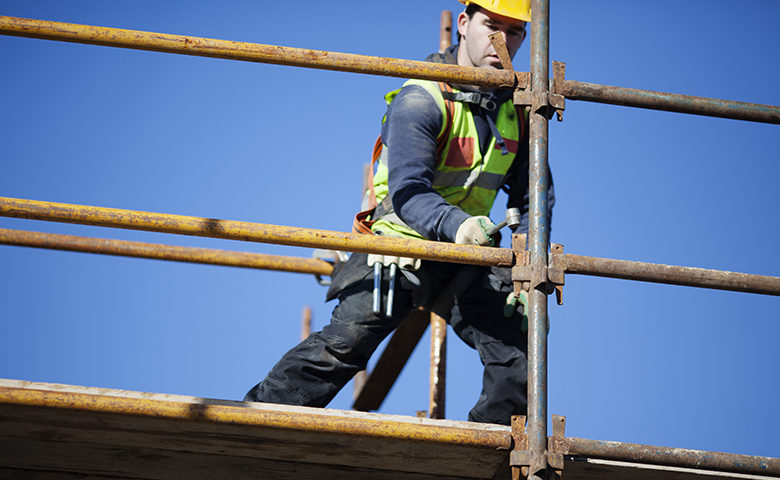When it comes to safety, being a competent person goes beyond having the knowledge to do something well enough to meet a basic standard. There’s no card you can produce to prove you’re a competent person. A competent person has the existing knowledge, skills and experience necessary to identify hazards that could result in serious injuries or fatalities (SIF) AND their employer has also given them the authority and the responsibility to implement corrective actions immediately.
Sounds simple enough, right? Take a closer look (particularly at the difference between competent workers and qualified workers) and it may no longer seem so straightforward.
A qualified person, according to OSHA, “means one who, by possession of a recognized degree, certificate, or professional standing, or who by extensive knowledge, training, and experience, has successfully demonstrated his ability to solve or resolve problems relating to the subject matter, the work, or the project.” A qualified person and a competent person can be one and the same; the main difference is that a competent person must implement corrective action upon hazard recognition in order to mitigate all hazards on site.
A lot of the confusion surrounding the definition of a competent person may have something to do with the fact that OSHA does not currently have a specific standard regarding competent persons, even though many regulations dictate competent persons are required on site by law. Additionally, an OSHA inspector can come on site at any point and ask who the competent person is and the company is legally obligated to answer them. Safety inspectors do this not only to see if employees can identify the competent person on site but also to evaluate the competent person’s capability to fulfill this role. The qualified workers on site are not always designated as the competent person on site.
There’s also a common misconception that a competent person is only required for specific jobs like excavations or those that require scaffolding. While specific safety competency is required for excavations, scaffolding, electrical work, machine guarding, hazardous material and other tasks as identified in a hazard assessment, that’s not the only time a competent person is required. A lot of employers don’t realize that a competent person is required for each job site in an industry like construction. And on some job sites, it may be prudent (and necessary) to assign more than one competent person to ensure all areas and activities of the job are covered.
There are competent person training courses that can help a person understand the responsibility they have been assigned. These courses cover broader issues like regulations and best practices when it comes to identifying and mitigating hazards. Training courses should be used to complement a person’s existing knowledge and experience. It’s the employer’s responsibility to determine a competent person’s abilities, and providing additional training is never a bad thing in safety.
Whether they’ve attended competent person training or their existing experience is enough for them to count as competent, it’s good practice to document which employees are designated as competent workers on each site. This will not only allow leadership to ensure there’s always a competent worker present, but it also provides documentation that can be produced should OSHA come asking.

